Gregory Essayan’s fine art photographs have been represented in galleries at Bellagio and MGM Grand in Las Vegas, Raider Stadium in Las Vegas, Jackson Hole, Wyoming, and Italy. His limited edition and exclusive “Edition of One” pieces have been acquired by collectors worldwide.
What first sparked your lifelong passion as a fine art photographer?
I first experienced seeing masterwork paintings at the Yale Art Gallery while I was an undergraduate in the 1970’s. I remember being particularly drawn to Edward Hopper’s “Night Hawks,” and his work influences me to this day. I wanted to paint like Hopper, Moran or Bierstadt but I didn’t feel I had adequate skill in the craft of painting to put my visions to canvas. I enjoyed photography and felt with the camera I wasn’t so limited. The challenge was that photographs were inextricably bound to reality. All the elements in an image had to exist in the physical world in order to be photographed. This limitation frustrated me until I discovered how photography as a medium offered opportunities to control or curate reality in some very compelling and powerful ways.
What do you mean by “Curate Reality”?
With the camera I can create a sort of distilled, condensed, hyper-reality. A reality that is intentional, precisely selected and controlled. A reality that can be cinematic, stylized, even abstracted and totally detached from physical reality yet remains totally credible to the viewer BECAUSE it is a photograph and NOT a painting.
How do you accomplish this?
For me the most important choices are the ones I make prior to pressing the shutter button.
First and foremost: composition. Composition can be as much about what I choose to exclude from an image as what I choose to include. I’ll use negative space. For example, a big empty sky to evoke isolation or expansiveness in a composition. I like to give my compositions room to breathe. Then there’s the issue of the light. This I usually have very little control over in the outdoors. The qualities of the light, or the lack thereof, in a scene is a powerful mood setter. Bright vs. dark. Warm vs. cool. Saturated vs. pastel. Sometimes it’s the quality of the light that attracts me to a scene in the first place, but more often getting the right light means revisiting a scene at a different time of day, or at night, or type of weather, or even time of year, that gives me the quality of light I envisioned.
Why do you use Phase One cameras and lenses?
In a word, physics. When you want the ultimate control to produce the most beautiful, highest quality images possible and make large prints there is absolutely no substitute for diffraction limited optics, high absolute pixel count, low pixel to sensor size ratio, wide dynamic range, and high bit depth… period.
The IQ4 files are a pleasure to work with. They’re wonderfully malleable. Excellent dynamic range and true 16-bit color lets me bring out details in the brightest highlights and deepest shadows while still being able to subtly control colors.
I’m able to shoot wide, nearly matching the breath of peripheral vision, and capture high-resolution files that produce beautiful, big, richly detailed prints. In fact, many times I’ll discover details in my prints that I hadn’t even noticed in a scene while I was in the field.
They say, “it’s the photographer and not the camera,” and while that may be true, I feel the extreme quality of the output from my Phase system has had a significant impact on my ability to execute my vision as an artist.
You are known for very large prints. Why large prints?
As a kid, and long before home theaters, I loved going to movies that were shot in wide screen Panavision. I’d try to sit dead center near the front of the theater to get that immersive experience. This is how I tend to shoot today. I love creating large pieces that have that immersive feeling I remember getting at the movies. Wide views, that can be enjoyed from across a room but also contain loads of sharp, clear, fine detail that can be explored from inches away. As I view a scene and compose on the camera back, I’m continuously visualizing in my mind’s eye the final image, printed big, hanging in a gallery or beautiful home.
What’s the largest your work has been printed?
One of my pieces that’s installed at the southeast entrance to Raider Stadium in Las Vegas measures nearly 40 feet wide. You can walk right up to it and explore all the detail the Phase system enabled me to capture.
Do you have a favorite lens?
For the way I shoot, I would say the 32mm Rodenstock for my XT. It’s one of the most outstanding lenses I’ve ever used. Simply stunning.
How do you feel about image manipulation and composited images created on the computer in the “digital darkroom”?
I shot film for decades and I use my Phase much the same way. Of course, all RAW files require post processing, but I’m personally not a fan of heavily processed, manipulated or composited my images. Just like when I shot large format film, all my prints made from my Phase files were captured at a single location, from a single perspective, with a single focal length lens, at a single time. There’s enormous power in the tacit representation by the photographer and accordingly a belief by the viewer that, “Had I been standing beside you, this is what I would have seen and experienced.” Adherence to this principle is in my opinion one of the hallmarks of photography as a medium and key to distinguishing it from painting, graphic art and particularly AI generated imagery.
As a fine art photographer is there a particular moment that you’d like to share?
A few years ago, I was at an opening reception at The Brookover Gallery that represents some of my work. After closely studying one of my Italy images a guest, not knowing who I was, turned to me and said, “I just love this one. It’s beautiful! It says it’s a photograph, but it looks like a painting.”
About Gregory Essayan
Greg earned his B.A., magna cum laude, at Yale where he had the great privilege to learn from some of the most revered figures in 20th century photography including Walker Evans, Ansel Adams, Irving Penn, Emmet Gowin and William Eggleston. During this period, Greg made photographs primarily using an 8×10 Deardorff view camera. In 1977, his iconic image, “Anne, 1976” was acquired by the Yale University Art Gallery for its permanent collection making him at the time the youngest artist to have work in the gallery’s permanent collection. Greg is also an attorney, was a member of a prominent Manhattan law firm, and has engaged in various ventures unrelated to photography.
Want to know more about Gregory Essayan?
Check these out:
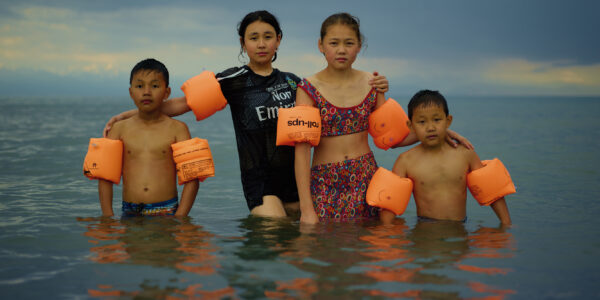
Photographer Stories
Intimacy in focus: Louise’s lens on humanity with Phase One_Part1
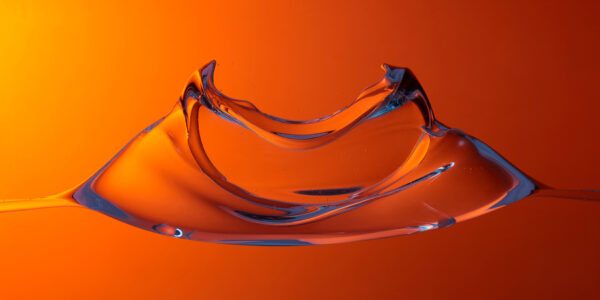
Photographer Stories
Dimitri Newman: Vision is Just the Start

Photographer Stories
Ashes: The Rebirth of a Camera- Hexmalo

Photographer Stories
Chandler Williams: A Photographer’s Path

Photographer Stories
TABO- Gods of Light

Photographer Stories
Loreto Villarreal – An Evolving Vision

Photographer Stories
Tobias Meier – Storytelling Photography

Photographer Stories
Total Solar Eclipse – Matthew C. Ng
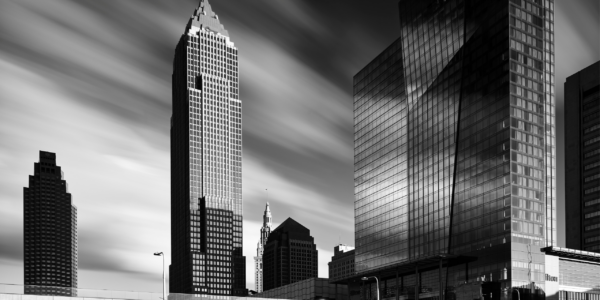
Photographer Stories
Roger Mastroianni – Frame Averaging
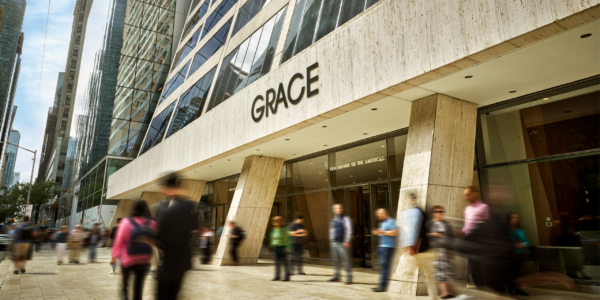
Photographer Stories
Matthew Plexman – Bringing portraits to life

Photographer Stories
Prakash Patel – A Visual Design Story

Photographer Stories
Karen Culp – Food Photography Ideas

Photographer Stories
T.M. Glass: Flower portraits
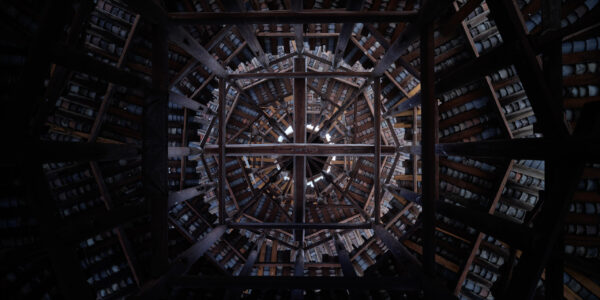
Photographer Stories
Preserving ancient Chinese buildings – Dong Village
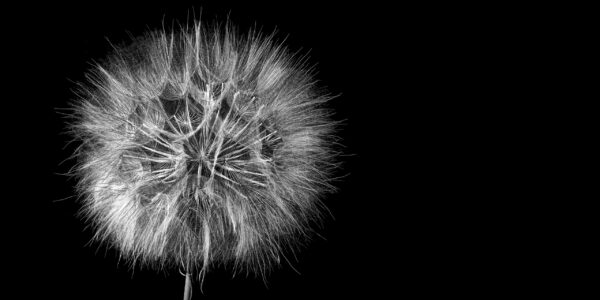
Photographer Stories
Jeff Puckett – The Art of Photogravure
